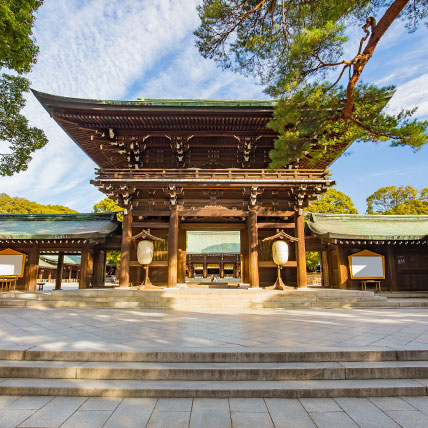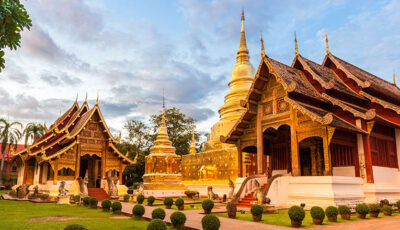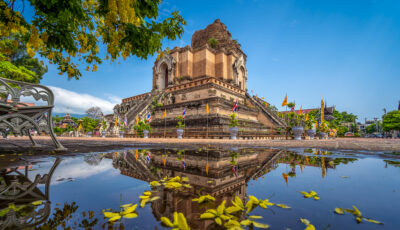Sample Itinerary
Day 1
Tokyo
Arrive in Tokyo, the world’s largest city and global trendsetter for fashion, art, and architecture. This arrival day is all about easing into the experience. After your private vehicle picks you up from the airport, you can start exploring the city or simply rest and enjoy the comfort of your luxury hotel.
Before becoming a hotel, Gajoen had a 90-year history of being an exclusive wedding and dining venue. Described as a 'Museum Hotel', the property is renowned for housing thousands of Japanese masterpieces, including opulent paintings, lacquer, and ornate woodwork from the early Showa era. The lobby is a huge complex with multiple restaurants, waterfalls, bridges, and koi ponds. On the other hand, the hotel is much more intimate. The hotel is home to only 60 suites that blend the traditional and contemporary. The rooms are very large (starting at 753 square feet) and guests can choose from Japanese-style or Western-style suites. All guests have access to a club lounge. Gajoen is a member of Small Luxury Hotels of the World. Hotel Gajoen is located in the Meguro area, close to the bustling Shibuya area but has a more residential feel.
Hotel Gajoen has its own museum called The Hyakudan Kaidan (“100 steps”), and is the only remaining part of the original building — a set of wooden stairs (there are actually only 99) leads to tatami rooms decorated by Japan’s most famous artists from the late 1920s. Each room has seasonal displays of Japanese artwork and historical artifacts and strives to educate the local community and guests.
Overnight Hotel Gajoen Tokyo
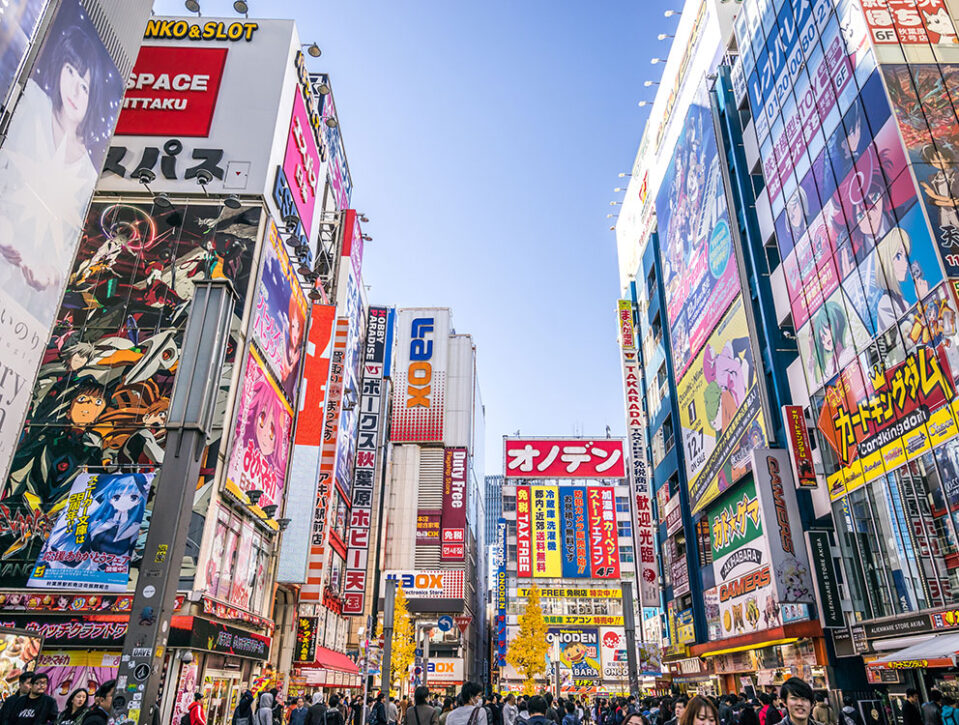
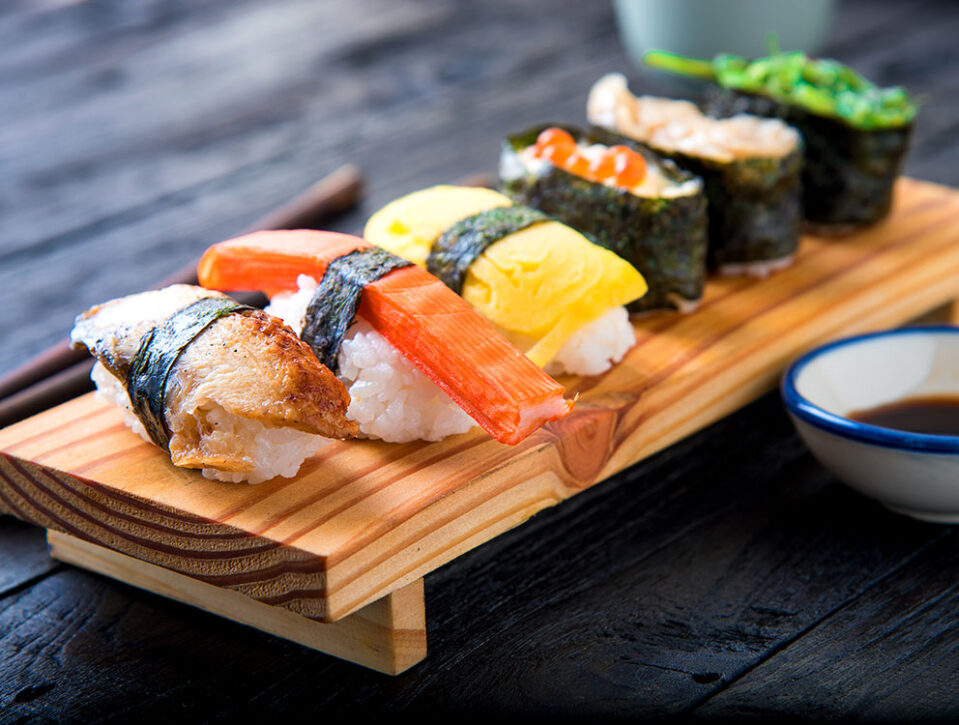
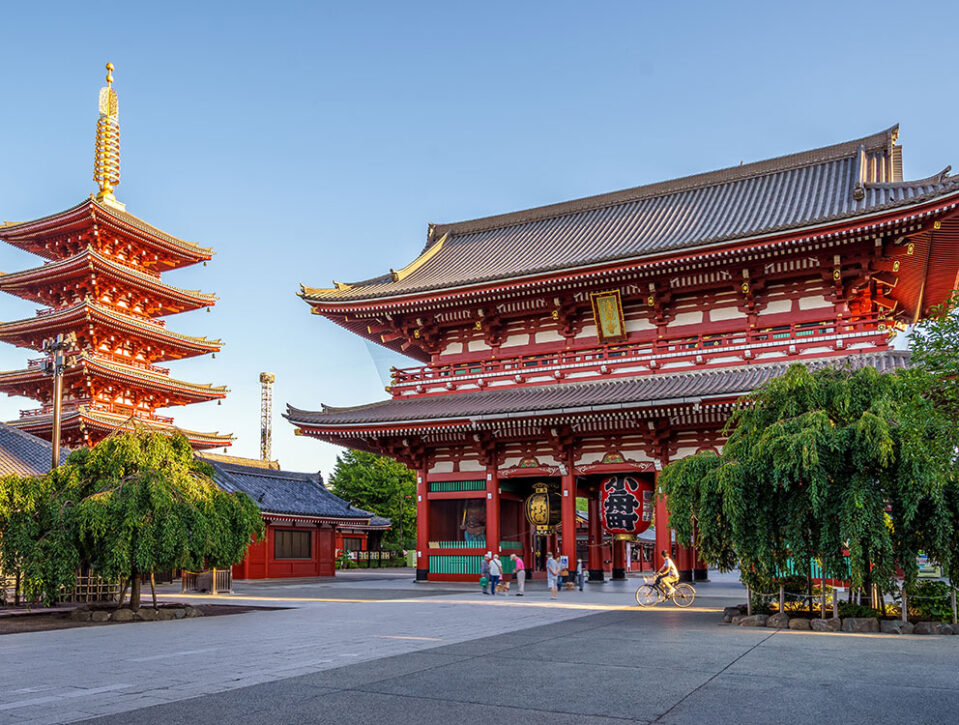
Day 2
Tokyo
For your first full day in Japan’s capital, look forward to a thrilling lineup of hands-on activities and sightseeing under the expert care of your guide. Ancient traditions and pop culture are both on the menu today. Learn to make your own sushi before stopping at the lively Sensoji Temple.
Enjoy a visit to the Akihabara Electric Town, Tokyo’s hotspot for anime, games, and themed cafes where you might just meet some feline friends. In the afternoon, you’ll visit a candy shop where traditional craftsmen shape handmade candies into the shapes of animals that children love.
Overnight Hotel Gajoen Tokyo
Day 3
Tokyo
Dive deeper into Japanese culture with a visit to Tokyo’s famous Meiji Shrine, followed by a stroll in Harajuku, the street fashion capital of the nation and a paradise of pop culture for teens. Explore more modern marvels, and finish the day with a visit to teamLab Planets, an art space filled with interactive installations and highly Instagrammable scenery.
Overnight Hotel Gajoen Tokyo
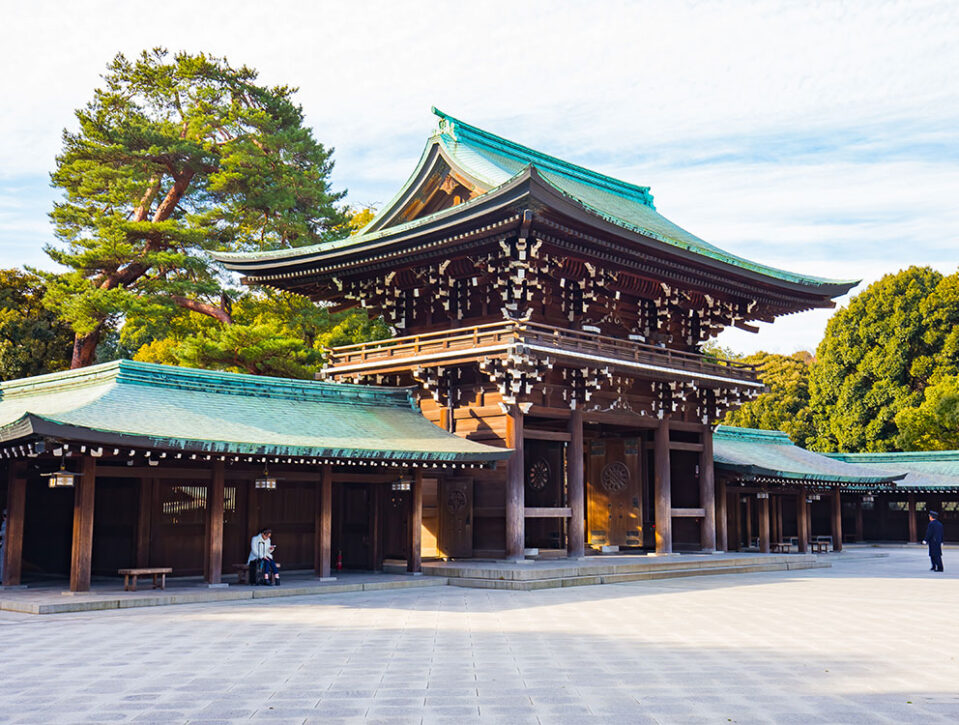
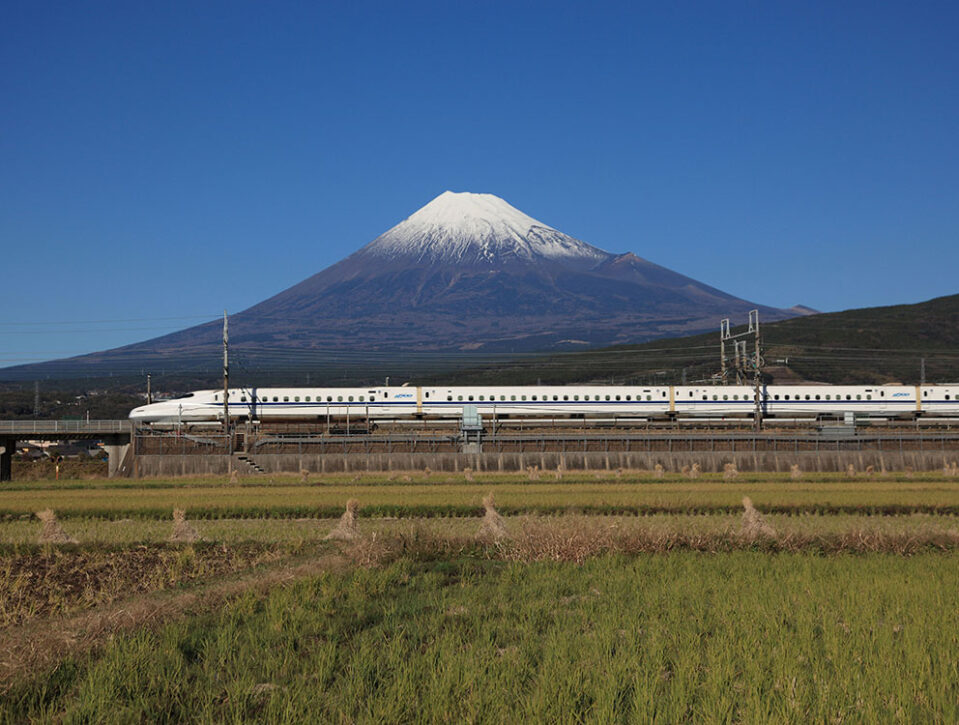
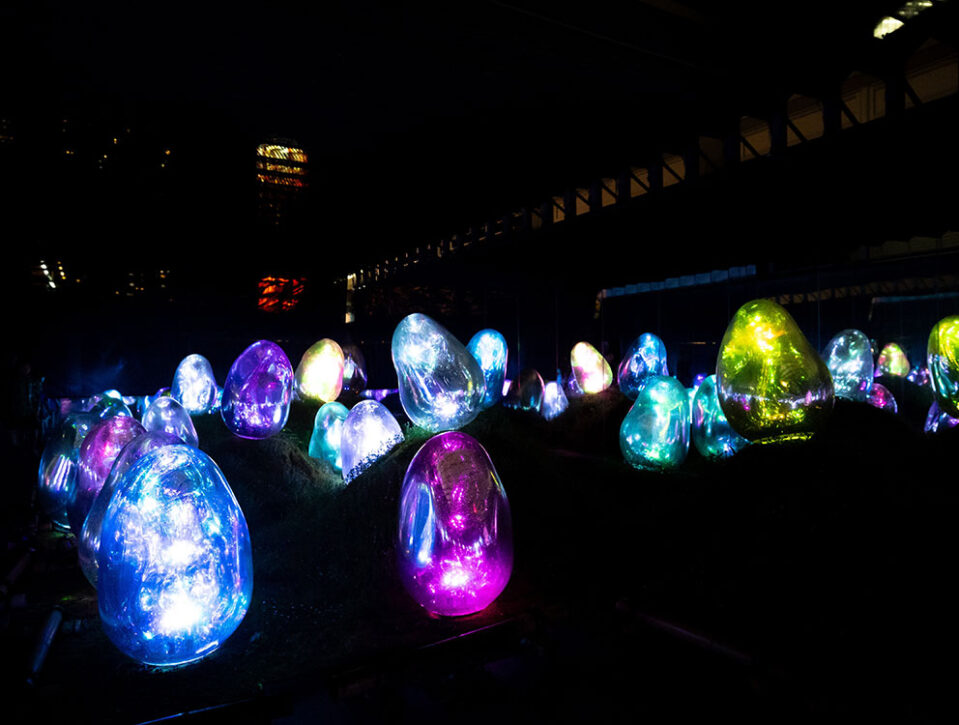
Day 4
Tokyo to Kyoto
Board a futuristic bullet train and travel from the modern capital of Tokyo to the ancient capital of Kyoto. Seated comfortably in first class, you’ll fly through the countryside past picturesque rice fields, coastlines, and even the iconic Mt. Fuji before pulling into Kyoto Station after just a couple of hours.
Enjoy the rest of your day exploring the everyday sights of Kyoto.
The Hotel Seiryu Kyoto Kiyomizu opened in March 2020 in the heart of Kyoto's historical district. It has one of the best locations in the city next to the UNESCO World Heritage Kiyomizudera Temple. The hotel is housed in a former elementary school. Originally built in 1933, it is recognized for its unique architectural design and interior.
Overnight The Hotel Seiryu Kyoto Kiyomizu
Day 5
Kyoto
Accompanied by an expert guide, set out for a day of cultural and scenic highlights in Kyoto. Start with a visit of the famous bamboo forest then climb the nearby hill to a monkey park with sweeping city views. Marvel at the gilded facade of Kinkakuji Golden Pavilion before finishing the day with one of Kyoto’s oldest and most refined expressions of hospitality and grace - a private tea ceremony performed in a traditional home.
Overnight The Hotel Seiryu Kyoto Kiyomizu
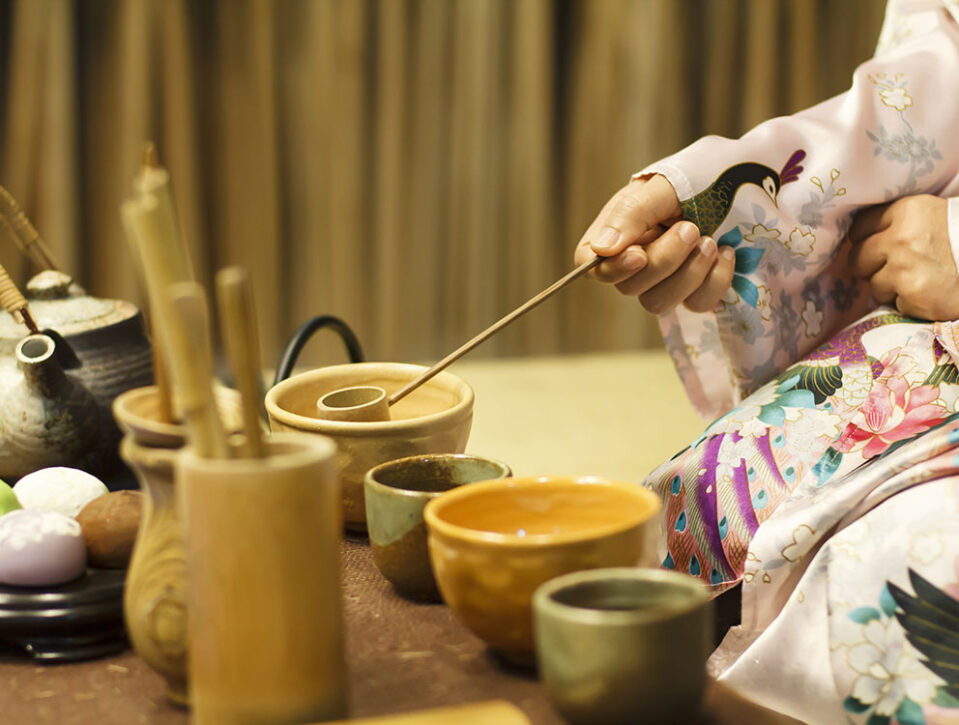

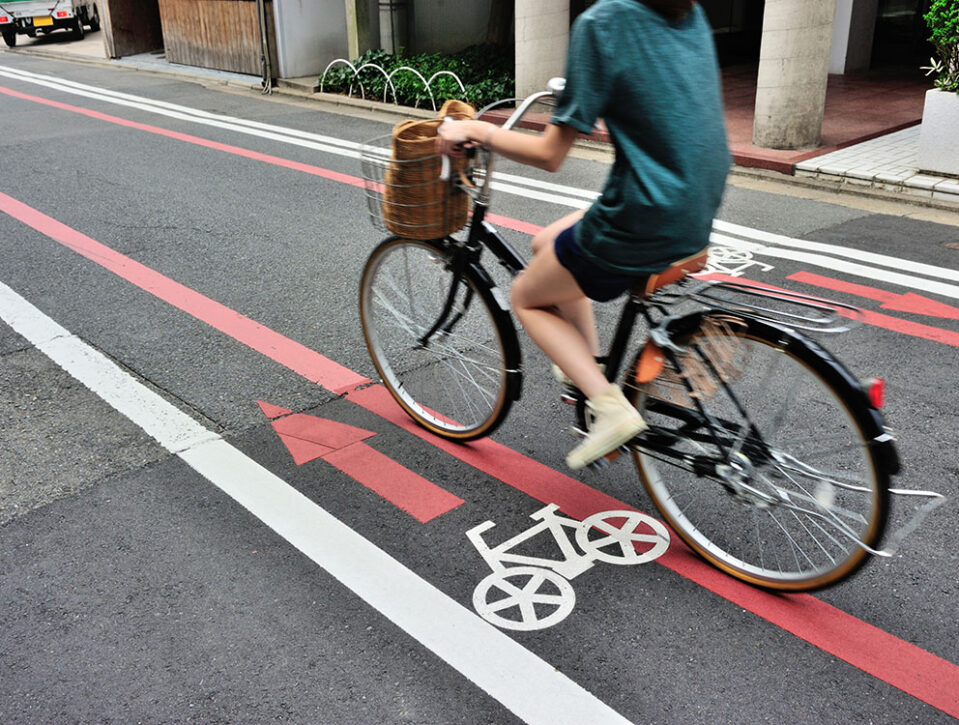
Day 6
Kyoto
With its cobblestone streets lined with wooden teahouses, Kyoto’s eastern side is imbued with the atmosphere of old-world Japan. Be sure to give your legs a good stretch before meeting your experienced cycling guide for a fun and invigorating ride through this fascinating historical district. Stops include Nijo Castle to see (or hear) its ingenious anti-ninja warning system, Kiyomizudera Temple with its shapely pagoda and sweeping views, and other sights that are sure to delight both kids and parents alike.
Overnight The Hotel Seiryu Kyoto Kiyomizu
Day 7
Nara Day Trip
No visit to the region is complete without a trip to Nara, one hour south of Kyoto. Explore Nara Park where thousands of tame deer roam the landscape, and see the Daibutsu, the world’s largest ancient bronze Buddha statue. You’ll end the day on a sweet note, with a mochi making demonstration and tasting from one of Japan’s most notable mochi masters.
Overnight The Hotel Seiryu Kyoto Kiyomizu
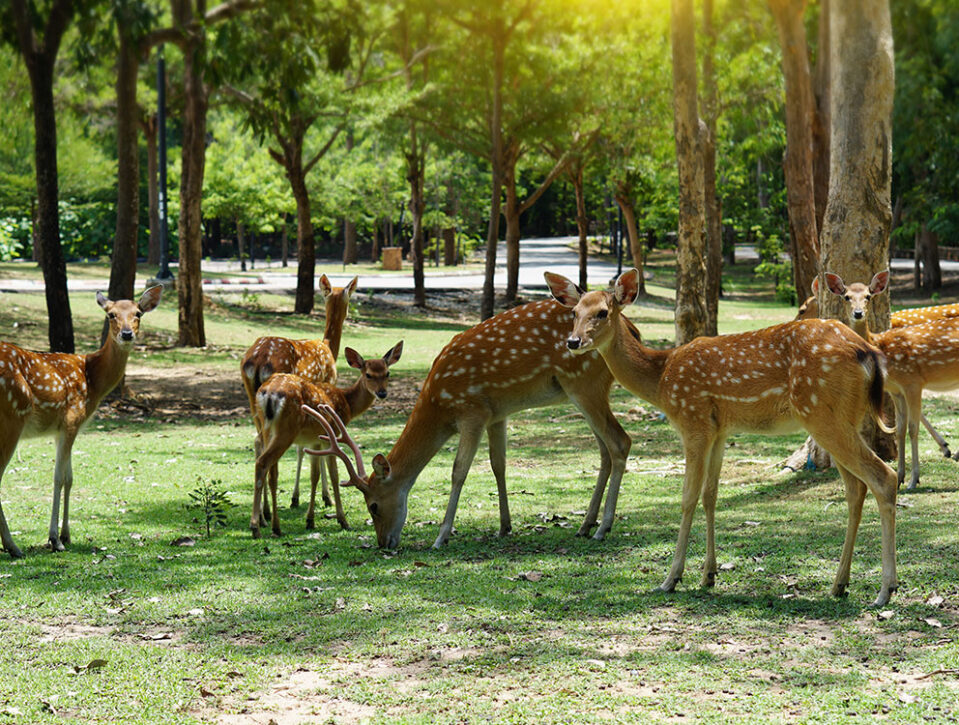
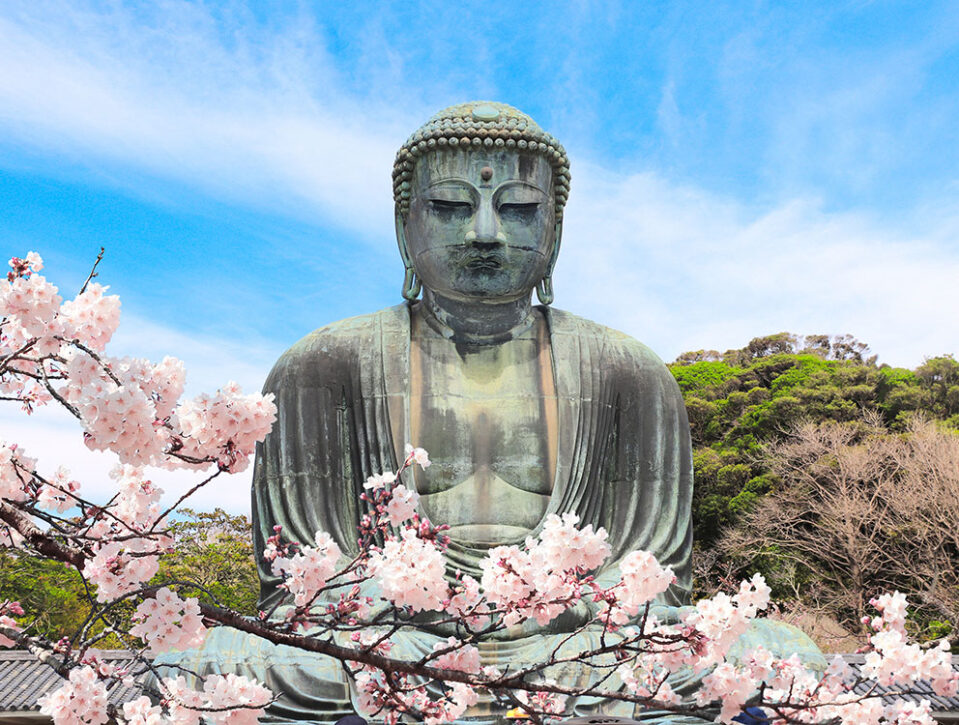
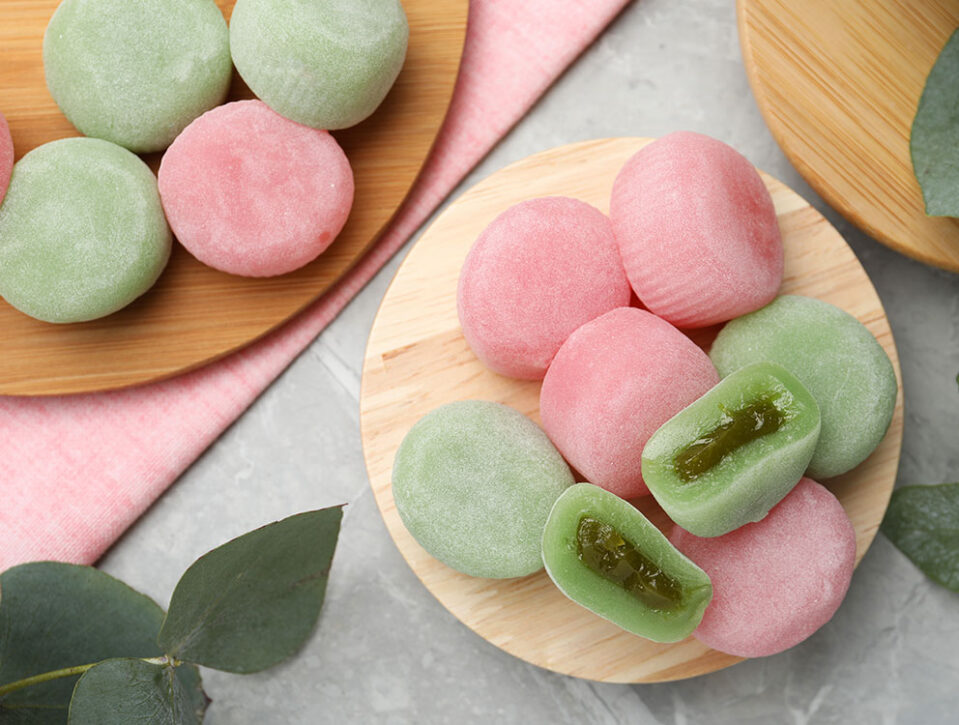
Day 8
Kyoto to Fujikawaguchiko (Fuji Five Lakes)
Today you will take the bullet train to Fujikawaguchiko, where you’ll enjoy the countryside and some outdoor recreation for the next couple of days. You can canoe Lake Kawaguchi in the early morning. Millions of years ago, Mt. Fuji was an active volcano, often exploding in violent eruptions that reshaped the nearby scenery. The five lakes ringing the northern face of the mountain were formed as lava flows cooled and blocked drainage during seasonal flooding. Kawaguchiko is the second largest of lakes, and perhaps the most picturesque. Long hailed for the views of Mt. Fuji from Kawaguchiko’s northern shore, tourists have enjoyed the shoreline for centuries. The visage of Japan’s highest peak reflected in the lake waters is one of the most stirring images in the nation. Whether visiting in spring for cherry blossoms or admiring snowcapped Fuji in winter, the views from Kawaguchiko are some of the best in the region.
HOSHINOYA Fuji is nearly hidden by the surrounding woods, located 100 meters up the slope of a mountain. Slender paths meander through a landscape of soil, grass, and tree roots between the very minimalist cabins. All cabins boast a view of Mt. Fuji (in the right season and depending on weather). Guests are encouraged to spend their time on Cloud Terrace, a series of platforms connected by stairs that have been built along the slope extending from the cabins. A variety of activities await guests on each platform, from morning wake-up sessions that involve brewing coffee in the outdoors while nibbling on seasonal snacks to enjoying a drink at night around a roaring fire, surrounded by a quiet darkness that is occasionally interrupted by music being performed inside the cafe located at the top of Cloud Terrace.
Overnight Hoshinoya Fuji
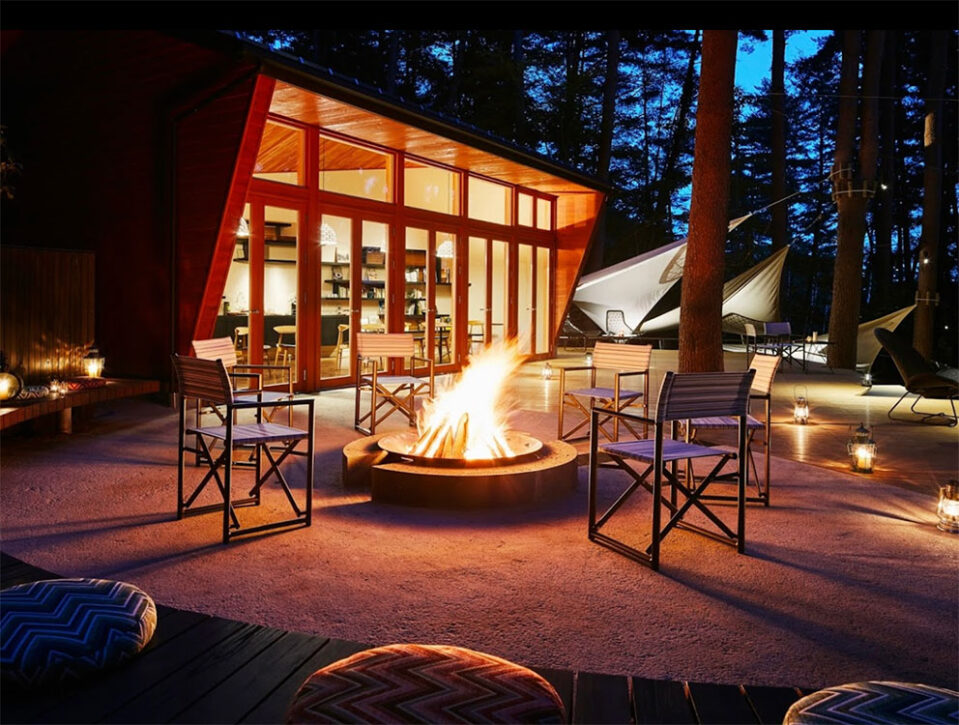
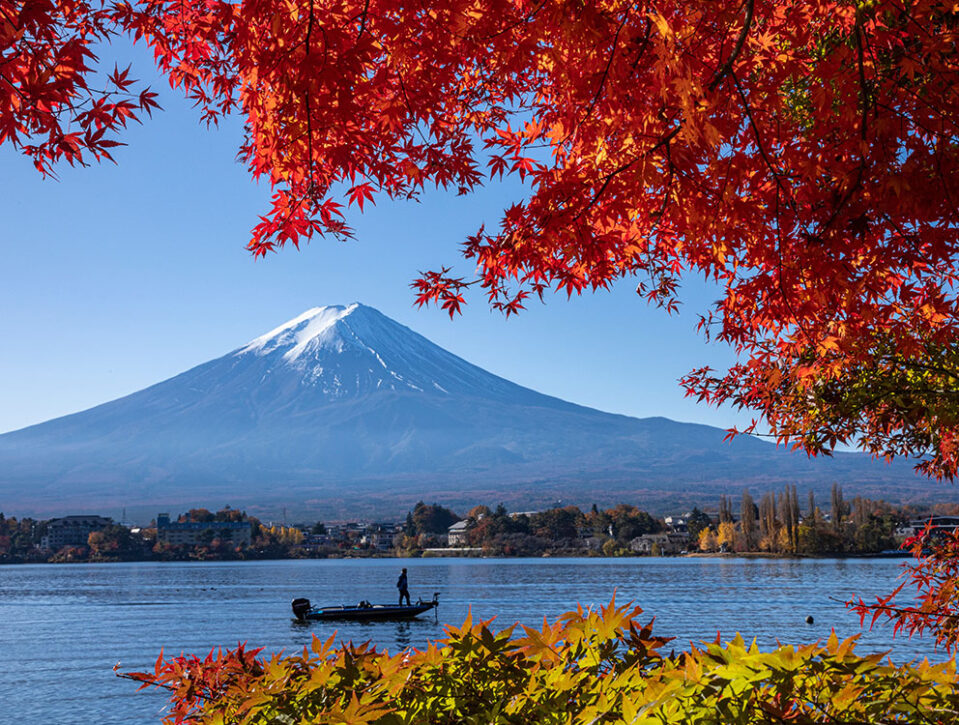
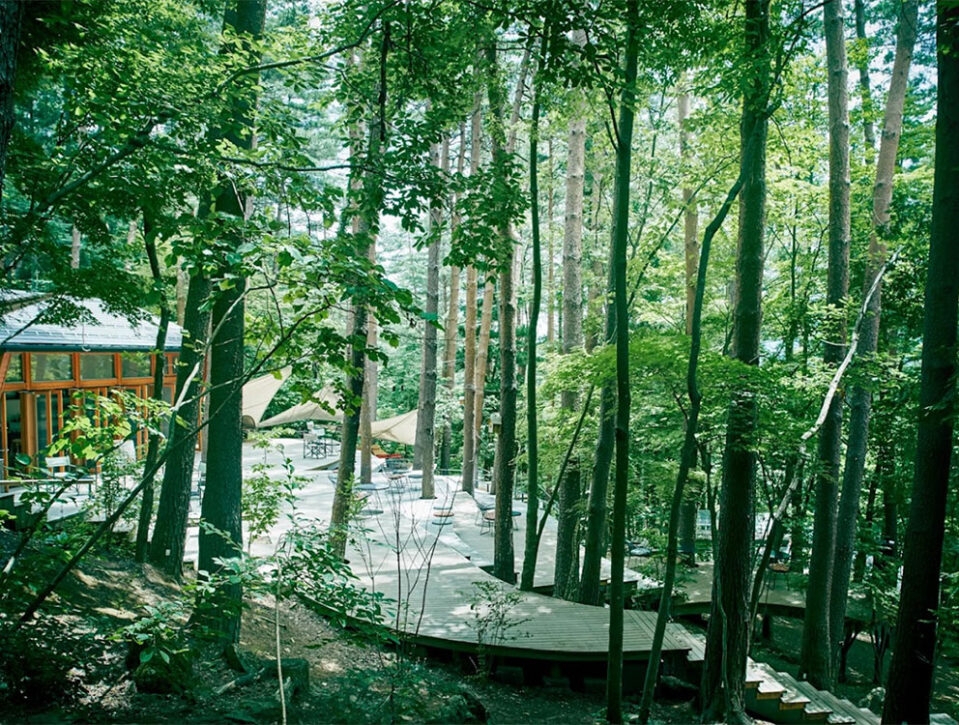
Day 9
Fujikawaguchiko (Fuji Five Lakes)
Experience the Kachi Kachi Ropeway ascends Mt. Tenjo on the eastern shore of Lake Kawaguchiko, offering amazing views of Mt. Fuji and the surrounding area. Then, you’ll visit a shrine that is devoted to the goddess of Mt. Fuji -- Princess Konohanasakuya. Later, see icicles and frozen stalagmites in a deep dive under the earth. The Ice Cave has been used since the early 1900s as a year-round storage facility for ice, as the temperature in the Ice Cave usually stays below freezing even during the summer.
Overnight Hoshinoya Fuji
Day 10
Fuji Five Lakes to Tokyo
This morning, your private driver will transport you back to Tokyo, where you will have the rest of the day free to explore on your own. You can spend your final afternoon in Japan exploring the capital at your own speed. This is the perfect time for last-minute shopping, sightseeing, or simply relaxing.
Overnight Hotel Gajoen Tokyo
Day 11
Departure from Tokyo
Today you will be privately transferred to the airport in time for your departing flight.

 Karen French
Karen French